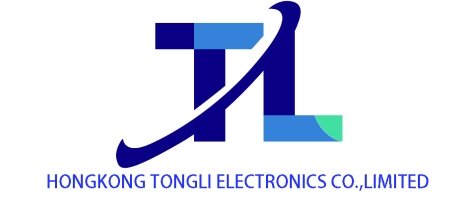The Storage Industry Sees Growing Polarization: Samsung Under Pressure Amid the HBM Boom
The storage industry has recently shown a significant trend of polarization. According to Samsung Electronics’ latest financial report, its consolidated operating profit in the second quarter was 4.6 trillion won, a sharp year-on-year drop of 55.94% and a quarter-on-quarter decrease of 31.24%, hitting the lowest level in two years. Its sales volume was 74 trillion won, a slight year-on-year decrease of 0.09% and a quarter-on-quarter decline of 6.49%, with performance falling short of market expectations.
The core factor dragging down Samsung’s performance comes from the Device Solutions (DS) division. Affected by inventory valuation provisions (totaling hundreds of billions of won) and sanctions on advanced AI chips, the profit of this division has dropped significantly quarter-on-quarter. Among them, the storage business is under pressure due to one-time expenses, but HBM products have entered the stage of customer evaluation and shipment; the non-storage business has seen a decline in production line utilization due to sales restrictions and related inventory allocation. However, as demand gradually recovers, the operating rate has improved, and it is expected that the deficit will narrow in the second half of the year. The Mobile Experience (MX) division has also entered the off-season as the popularity of the Galaxy S25 has faded since the beginning of the year. The TV and home appliance business has been dragged down by long-term shrinking demand, as well as increased costs caused by tariff burdens and intensified market competition.
In contrast to Samsung’s short-term pressure, the HBM market has a promising long-term outlook. A report from JPMorgan points out that the tight supply and demand situation in the HBM market will continue until 2027. The market size will grow by more than 70% year-on-year in 2026, accounting for 45% of the total DRAM market. On the demand side, companies such as NVIDIA and AMD will drive a compound annual growth rate of over 50% from 2024 to 2027, with NVIDIA accounting for more than 60% of the demand growth from 2025 to 2027. In terms of technological iteration, HBM4 will have a 30%-40% price premium over 12Hi HBM3E due to logic chip costs and higher chip losses. SK Hynix still leads in terms of HBM4 product share, while Micron is seizing market share through capacity expansion.
Other storage companies have shown varied performance. ADATA benefited from the sharp rise in DRAM market demand and spot prices driven by upstream manufacturers’ plans to discontinue DDR4 production. Its revenue in June reached 4.698 billion New Taiwan dollars, a record high, with a year-on-year increase of nearly 60%. Its second-quarter revenue was 12.776 billion New Taiwan dollars, a year-on-year increase of 27.14%, and it is expected that the growth momentum will continue into the third quarter. Macronix’s revenue in June was 2.201 billion New Taiwan dollars, a slight year-on-year increase of 1.1%, with cumulative revenue in the first six months reaching 12.937 billion New Taiwan dollars, a year-on-year increase of 5.9%. However, the inventory adjustment of automotive and industrial control customers has affected short-term shipment momentum. Kingston announced the expansion of its NV3 series PCIe 4.0 NVMe SSD product line, adding support for the M.2 2230 form factor. The newly launched NV3 series PCIe 4.0 NVMe SSD with M.2 2230 specification has a maximum read speed of 6000MB/s, targeting game handhelds such as Steam Deck and ROG Ally, as well as Microsoft Surface series.
Industry insiders generally believe that the storage industry is in a period of structural adjustment. Samsung is expected to gradually recover after hitting the bottom in the second quarter. As a core storage technology in the AI era, HBM will become a key engine driving industry growth, and the recovery of storage prices in the second half of the year may further drive the improvement of industry prosperity.
